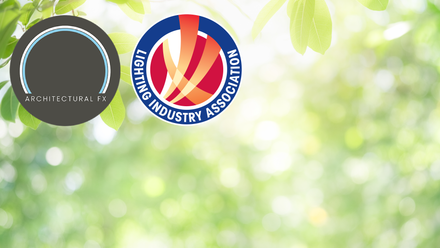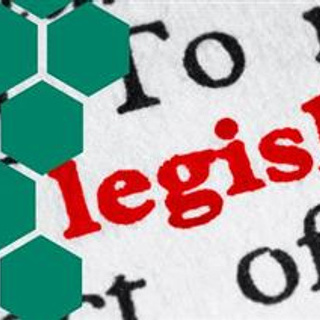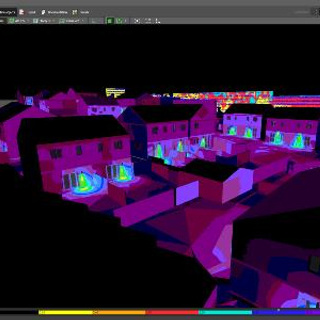Core Introduction to Lighting Certificate

This certificate course offers essential knowledge and skills covering a range of important topics specific to the lighting sector, such as the latest technologies in lighting control systems, sustainable practices shaping the future of the industry, and the importance of compliance and standards in ensuring product quality. Gain a foundation knowledge in industry-standard lighting software like Relux and DIALux, which will equip learners to create high-quality, client-centric lighting designs.
By enrolling in this certificate course, learners will receive access to a range of additional resources and learning opportunities, be able to seek support and advice from their peers through community discussion boards, preparing them for a successful career in lighting.
Delivery Method
Self-paced, online.
This Certificate consists of seven individual courses, including:
- Love Light
- Introduction to Lighting Standards
- Introduction to Technical Files
- Introduction to Emergency Lighting
- Introduction to Lighting Controls
- Introduction to Sustainability
- Introduction to Lighting Software
- Introduction to Lighting Design
Who is this course for?
Perfect for those new to the lighting industry, either as part of their on-boarding or to refresh existing knowledge in this topic area. Learners will cover all aspects of the lighting sector, from control systems and sustainability to software proficiency and design principles.
Learning Outcomes
By the end of this course, learners will:
- Have an appreciation and understanding of the impact light and lighting quality has on various environments
- Gain knowledge about the environmental benefits of effective and responsible lighting, including their contribution to the Net Zero initiative and circular economy
- Explore the diverse career paths available in the lighting sector, understanding the long-term career potential
- Have a broad overview of the key terminology used in the industry
- Gain an understanding of what Standards are
- Understand the typical process of a standard hierarchy
- Have a basic knowledge of the layout of a standard and the terminology used
- Have a rudimentary understanding of what the different types of legislation are
- Understand who is responsible for compliance
- Have a basic knowledge of what is required for a fitting to be compliant
- Understand UKCA and CE markings
- Recognise the role of emergency lighting in safeguarding occupants, and why it is a legal and moral necessity
- Identify the types of emergency lighting and signage, their purposes, and how they are effectively utilised
- Distinguish between risk assessments and design assessments, appreciating their significance in the planning process
- Evaluate a range of emergency lighting products and systems
- Understand the importance of accurate and timely information, to support effective decision-making
- Have an understanding of what controls are and what they are used for.
- Understand the different types of dimming possible
- Have a basic knowledge of the different types of sensors and their suitable applications.
- Have a rudimentary understanding of what DALI is
- Understand key terms and principles associated with sustainability
- Articulate and apply metrics to lighting products and systems
- Identify and interpret key sustainability frameworks and industry guidelines
- Understand the role of remanufacturing in circular lighting practices, and its impact
- Recognise and comply with relevant laws and regulations
- Understand the historical development and evolution of lighting software
- Gain proficiency in the core functionalities and calculation methods of Relux and DIALux
- Learn to integrate Relux and DIALux with BIM and CAD software for enhanced design workflows
- Implement quality assurance practices and avoid common pitfalls in lighting design
- Develop skills to manage and meet customer expectations effectively
- Have an understanding of the different types of lighting design approaches
- Appreciate the difference between lighting design and parametric engineering
- Have a basic knowledge of the key terminology, and associated standards relevant to lighting design
- Be able to carry out a design using the RIBA Plan of Work, and articulate different lighting designs to perspective customers
Next Steps
After this course, you can progress to any of our Enhance level courses, or focus your learning journey in a specialist area such as QA & Technical, Sales, Marketing, Product, or Lighting Design.








